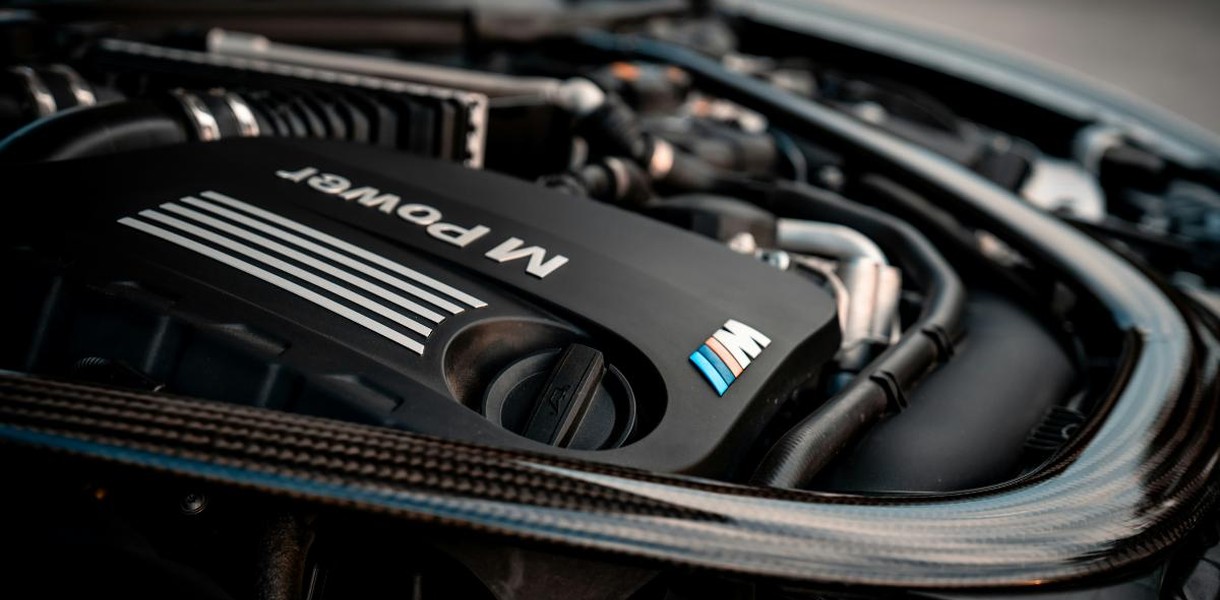When you're thinking about buying a car, the engine is one of the most important choices you'll make. But how do you know which type is best for you? Naturally aspirated and turbocharged engines offer different advantages, and understanding how each works can make the difference between an inspired choice and one you might regret. Let's explore the differences, advantages, and challenges of each engine type.
Contents:
- What are naturally aspirated and turbocharged engines?
- Naturally aspirated engine vs. turbo: performance and consumption
- Naturally aspirated vs. turbo - which type of engine is right for you?
1. What are naturally aspirated and turbocharged engines?
Have you ever wondered why some drivers seem to fly through traffic lights while others barely press the accelerator? The choice of engine can make all the difference. While it may seem complicated at first to decide which type of engine is right for you, if you understand how each one works and what benefits they offer, you will be able to make a choice that perfectly meets your needs. In this chapter, you will discover what naturally aspirated and turbocharged engines are, what makes them different, and how they influence your driving experience.
Naturally aspirated engines, also known as naturally aspirated engines, operate on a simple and classic principle: they take the air needed for combustion directly from the atmosphere, without the intervention of an additional device. Their design is based on essential components such as pistons, cylinders, valves and an efficient intake system. Imagine a car that “breathes” naturally, without complex tricks. This simplicity makes them reliable, easy to maintain and ideal for drivers looking for durability and low maintenance costs. It’s like having a trusted friend who rarely lets you down.
On the other hand, turbocharged engines rely on a turbocharger: a combination of a turbine and a compressor that forces air into the cylinders under pressure. This compression allows a larger amount of fuel to be burned, giving you more power. In short, a turbocharged engine "breathes" more efficiently, managing to get the most performance out of even a smaller engine.
The difference in construction makes naturally aspirated engines simpler and more robust, while turbocharged ones are more advanced and capable of impressive performance. But how does this translate into everyday driving?
2. Naturally aspirated vs. turbocharged engine: performance and consumption
If you're the type of driver who wants to feel every acceleration, turbocharged engines are exactly what you're looking for. With the help of a turbocharger, a small engine can offer similar or even better performance than a larger naturally aspirated engine. For example, a 1.5-liter turbocharged engine can offer comparable performance to a 2.0-liter naturally aspirated engine, while consuming less fuel under optimal conditions.
However, performance comes at a price. In city traffic, where you're braking and accelerating frequently, a turbocharged engine's fuel consumption can increase considerably. In addition, these engines are more expensive to maintain, from more sophisticated parts to repairs that can have a serious impact on your budget.
On the other hand, naturally aspirated engines offer more linear performance and more predictable fuel consumption. Although they do not offer the same lightning-fast acceleration, they excel in reliability. Their fuel consumption remains stable, especially over short distances or at constant speeds. If you prefer a car for daily driving, which requires simple maintenance, a naturally aspirated engine is a safe choice.
Think of a turbocharged engine as a sprinter: fast and spectacular, but needing a break. In contrast, a naturally aspirated engine is a long-distance marathoner: consistent and reliable over long distances.
3. Naturally aspirated vs. turbo - which type of engine is right for you?
The final choice depends on you – your driving style, maintenance budget, and daily needs.
If you like to feel the adrenaline and test the limits of speed, a turbo engine is the perfect choice. It is modern, efficient and more environmentally friendly due to low emissions under optimal conditions of use. In addition, cars with turbo engines dominate the current car sales market, being extremely popular in the used segment. Today, this sector abounds with turbo offers, from compact hatchbacks to imposing SUVs, confirming the growing trend for performance and efficiency.
If, on the other hand, you're the type who values reliability and simplicity, a naturally aspirated engine is a practical choice. You won't have to deal with complex repairs, and the consistent performance will help you enjoy a relaxed driving experience without additional worries.
So whether you choose the adrenaline of a turbocharged engine or the reliability of a naturally aspirated engine, the key is to get behind the wheel of a car that brings you joy on the road. Analyze what matters most to you – performance, fuel economy or durability – and test drive a few models before making a decision.
Remember, the perfect car is the one that fits your lifestyle and makes you enjoy every kilometer!
Photo sources: Unsplash.com, Shutterstock.com
